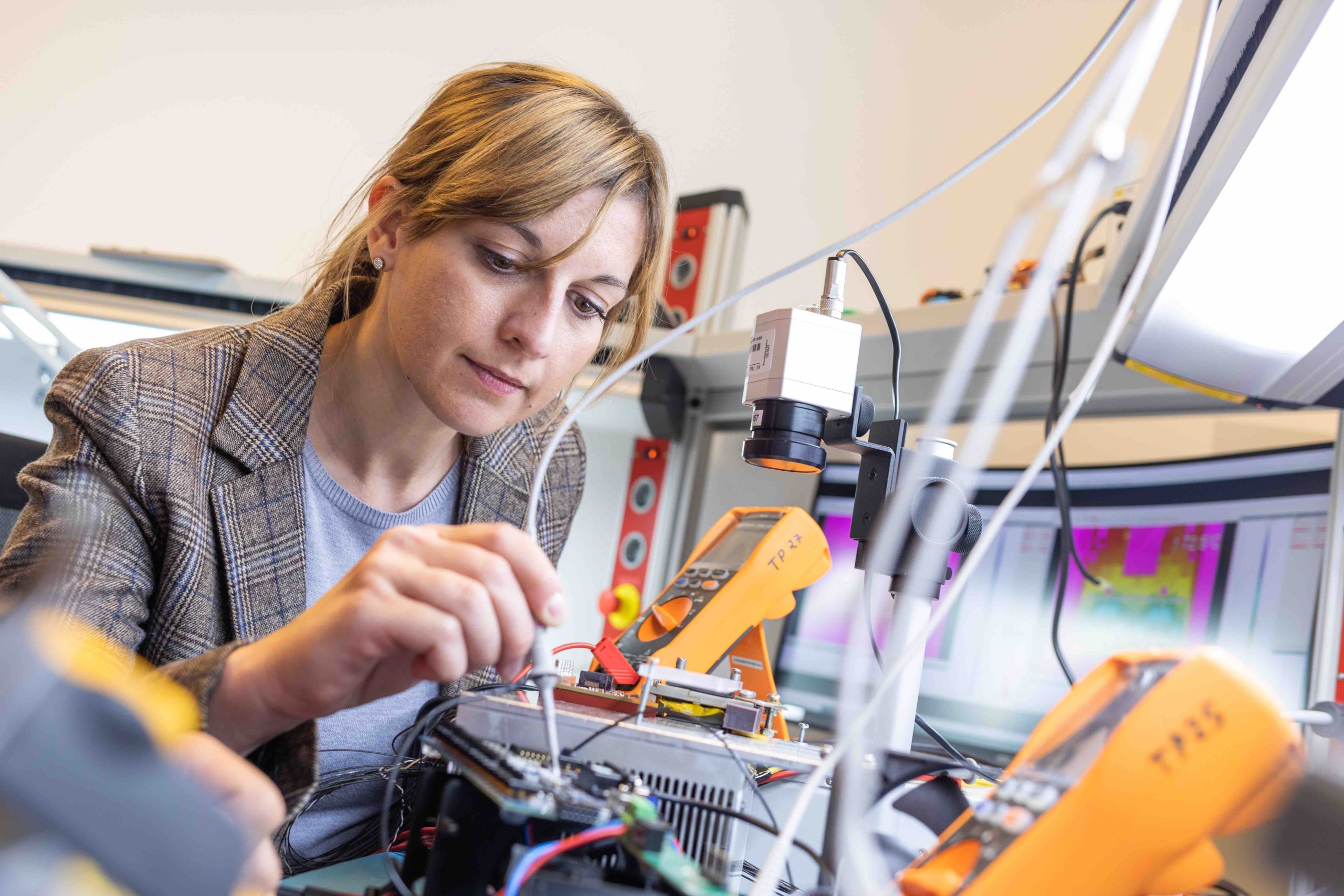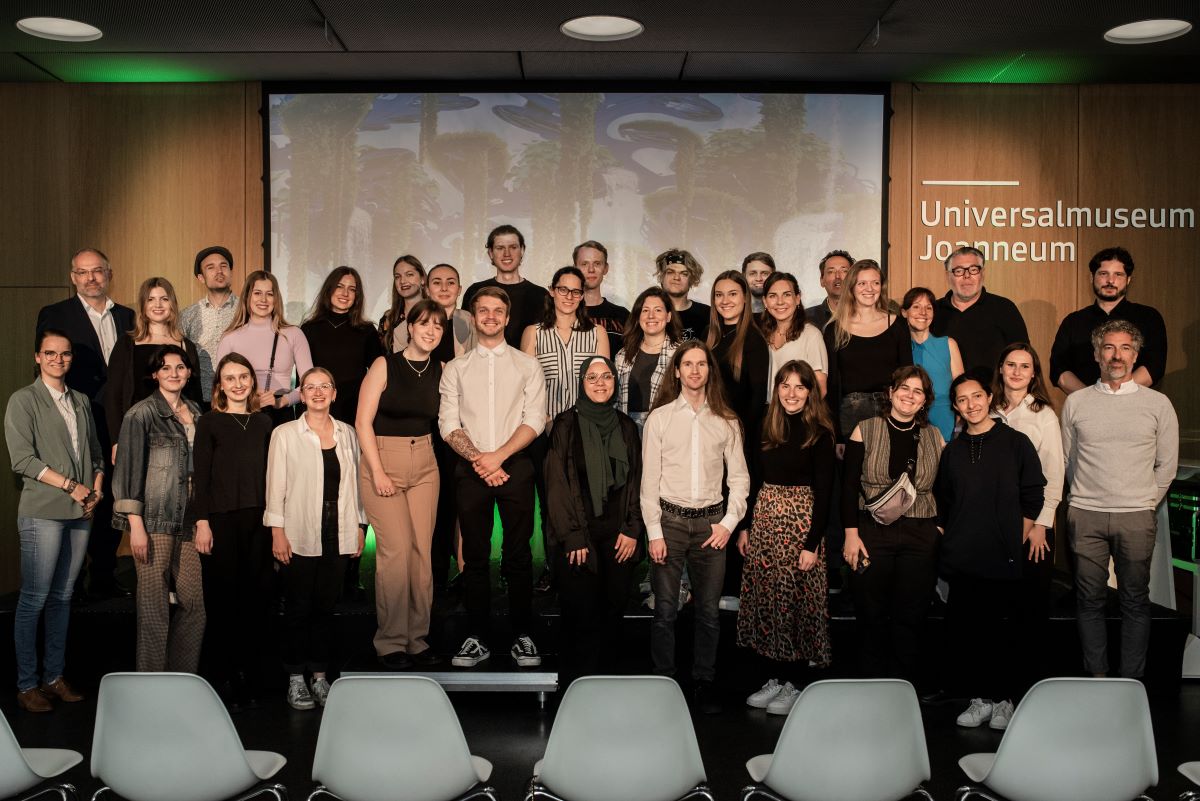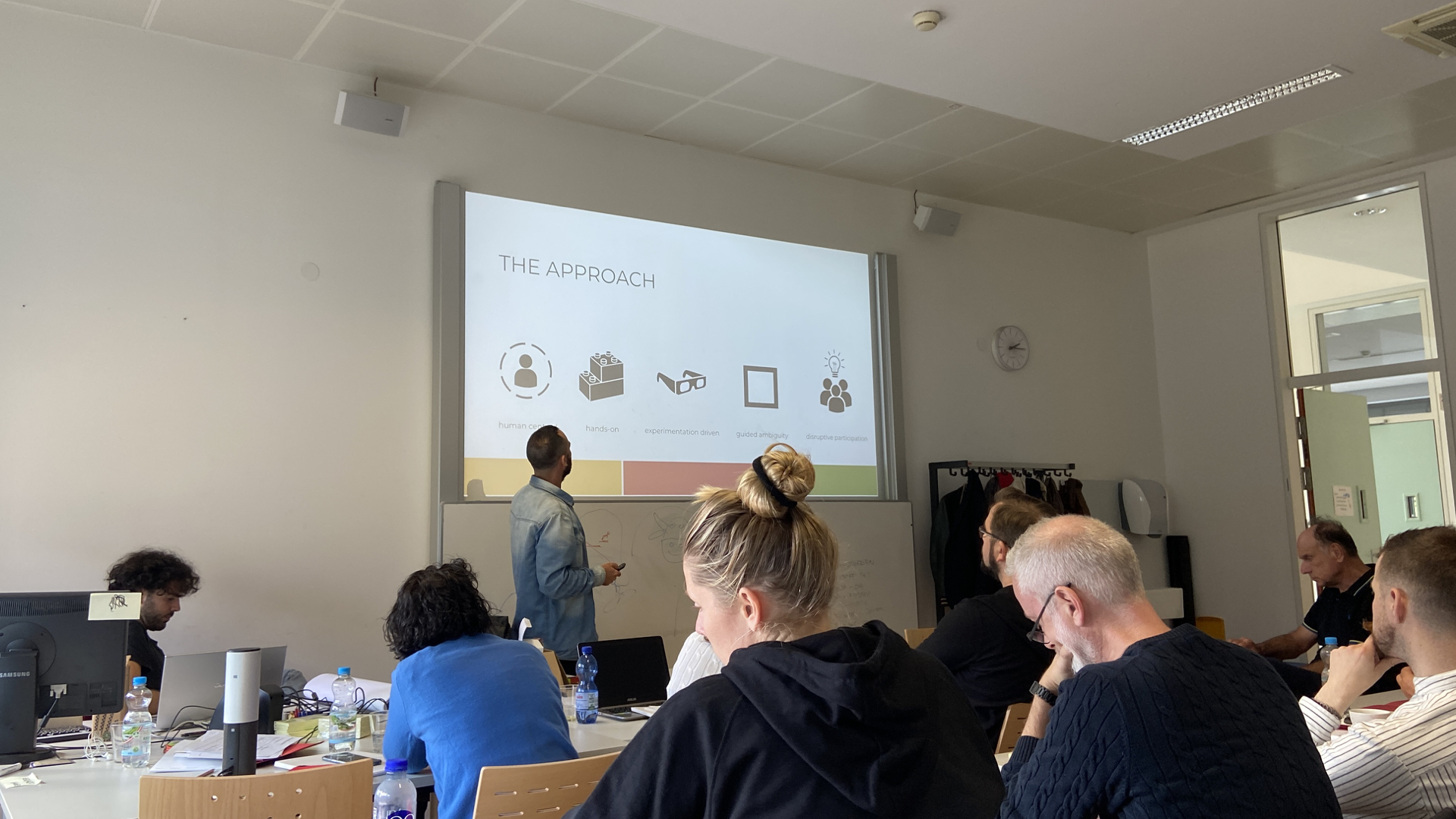Our research activities pursue the goal of establishing holistic design theory as a key competence for the education of future designers. Design is not limited to individual aspects in isolation, but all relevant factors and interactions are taken into account in order to achieve a harmonious and functional result.
To ensure this, students should acquire specific skills. This includes integrating relevant contexts of a technical, cultural or social nature into tasks, learning tools for empathetic knowledge acquisition from the user’s perspective, developing intercultural and interdisciplinary communication skills and training resilient handling of uncertainties in order to be able to set priorities even with incomplete information. (Böninger, Frenkler und Schmidhuber 2021, p. 63ff.).
In view of the growing complexity of social issues that affect all population groups, solutions are required that go beyond the knowledge of individuals. Cooperation, integrative processes and interdisciplinary thinking are therefore becoming increasingly important and are taking precedence over purely technical specialisation. This development should be reflected in the increased promotion of interdisciplinary cooperation in design degree programmes, for example by integrating additional interdisciplinary elements into the curriculum. At the same time, students should be familiarised more intensively with scientific methods in order to incorporate well-founded findings into their design processes in a targeted manner.
Transdisciplinarity goes one step further by looking beyond the scientific context: The aim is to translate societal challenges (real-world problems) into scientific questions together with stakeholders from business, politics and civil society through interdisciplinary collaborations. A central focus of our research is also the development of educational programmes for innovation and entrepreneurship. These programmes are created in collaboration with universities, start-up centres, companies and other actors in the knowledge triangle and are based on the principles of human-centred design.









